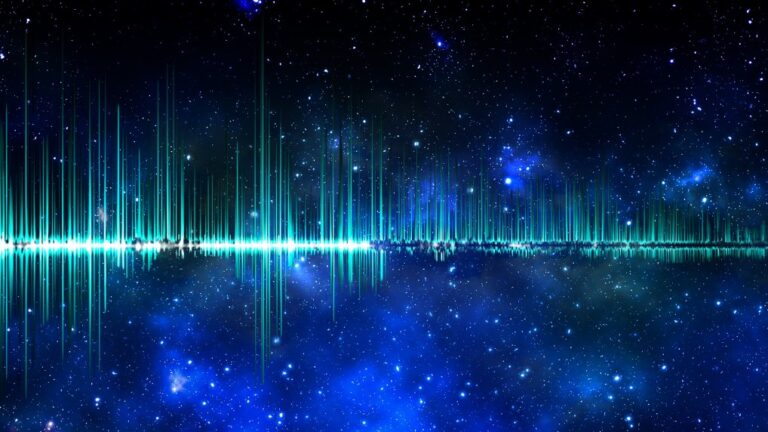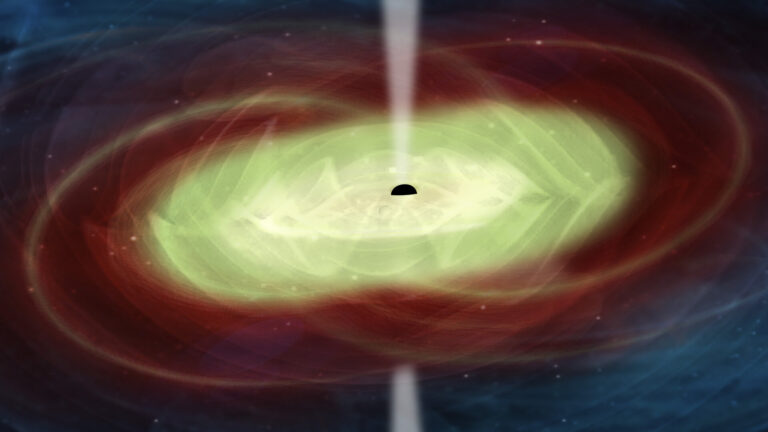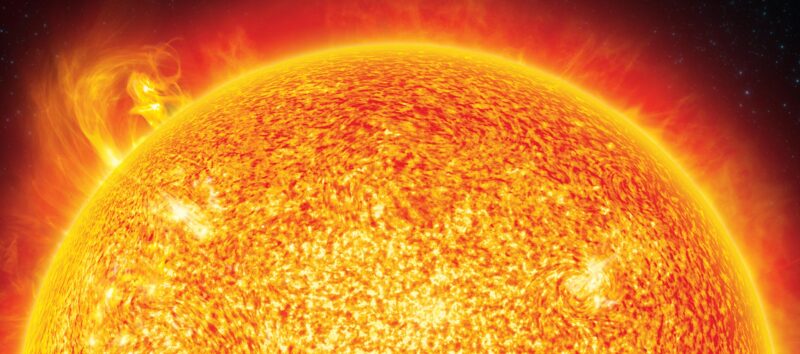The sun, our nearest star, has been a constant presence in our sky for billions of years. Its light and energy sustain life on Earth, making it a central figure in our understanding of the cosmos. But like all celestial objects, the sun has a finite lifespan, and its life cycle is a fascinating journey through different stages of stellar evolution.
Birth of a Star
The life cycle of the sun begins with the birth of a star. Stars form from vast clouds of gas and dust in space, known as nebulae. These nebulae are composed primarily of hydrogen and helium, the two most abundant elements in the universe.
The gravitational forces acting on these clouds cause them to condense and collapse under their weight. As the cloud contracts, it begins to spin, forming a flattened disk. Within these massive clouds, regions of slightly higher density may develop.
These density fluctuations can be triggered by a variety of factors, such as shockwaves from nearby supernovae or the gravitational influence of neighboring stars. When a region becomes sufficiently dense, gravity takes over and initiates the process of star formation.
Protostar Formation
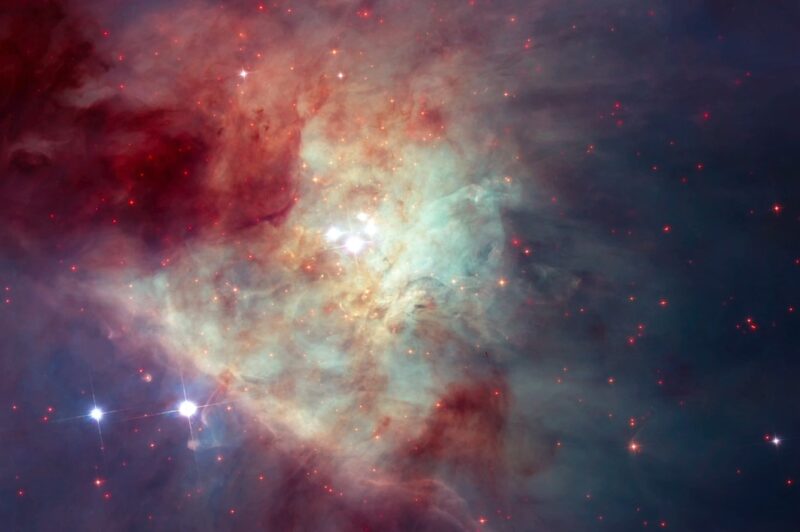
Within this disk, a central region begins to heat up and condense further. This marks the formation of a protostar. At this stage, the protostar is surrounded by a rotating disk of gas and dust, and it continues to grow as it gets more material from its surroundings.
The process of accretion can take thousands to millions of years, depending on the size of the protostar. As the protostar gathers more and more matter from its surrounding disk, it begins to increase in temperature and pressure.
Eventually, the core of the protostar becomes hot and dense enough for nuclear fusion to occur.
Nuclear Fusion Ignition
The key turning point in the life of a star is when nuclear fusion ignites in its core. In the case of the sun, this occurs when the temperature and pressure at its core become high enough to sustain nuclear reactions.
Hydrogen atoms fuse together to form helium, releasing a tremendous amount of energy in the process. This energy is what powers the sun and allows it to shine brightly. The process of nuclear fusion is a delicate balance between the gravitational force trying to compress the star’s core and the outward pressure generated by the energy released from fusion reactions.
This equilibrium is maintained as long as there is sufficient hydrogen fuel in the core to sustain the fusion process.
The Main Sequence Phase
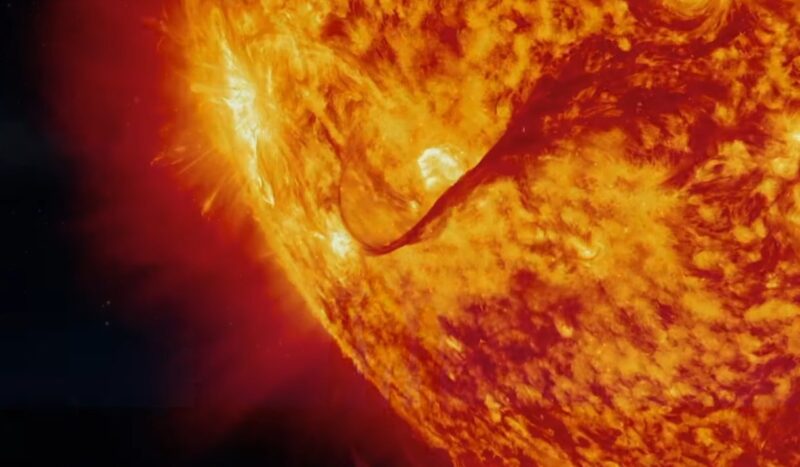
Once nuclear fusion begins, a star enters the main sequence phase, which is the longest stage in its life cycle. For a star like the sun, this phase can last for approximately 10 billion years.
During this time, the sun will continue to burn hydrogen in its core, maintaining a stable balance between the outward pressure from the nuclear reactions and the inward gravitational forces.
The sun, as a main sequence star, emits a steady stream of energy in the form of light and heat. This energy is what provides the necessary conditions for life to thrive on Earth. The sun’s luminosity and stability during this phase make it a reliable source of light and energy for our solar system.
Hydrogen Depletion
As the sun progresses through the main sequence phase, it steadily consumes its hydrogen fuel. The core of the sun gradually becomes enriched with helium, while the outer layers remain largely composed of hydrogen.
As the core runs out of hydrogen, it contracts and heats up, causing the outer layers of the sun to expand. The depletion of hydrogen in the core is a critical milestone in a star’s life cycle.
When a significant portion of the core’s hydrogen has been converted into helium through nuclear fusion, the balance between gravitational forces and energy production begins to shift.
Red Giant Phase
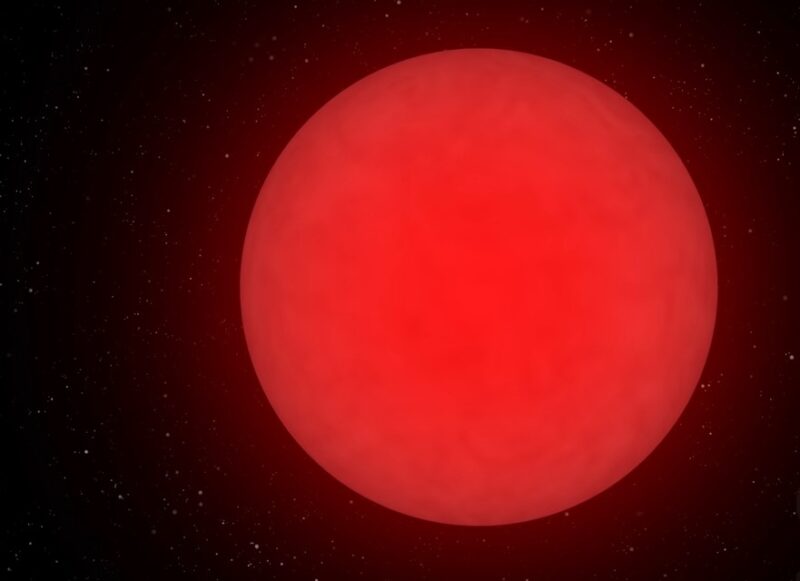
The expansion of the sun’s outer layers marks the beginning of the red giant phase. During this phase, the sun swells in size, becoming many times larger than its current diameter.
The increased surface area causes the sun to shine even more brightly, and it takes on a reddish hue. This transformation will have profound effects on the solar system, including the potential to engulf nearby planets.
The red giant phase is characterized by intense nuclear reactions occurring in multiple layers of the star. In addition to helium fusion in the core, hydrogen fusion continues in a shell surrounding the core, creating an outer layer of hydrogen-burning regions. This dual-burning process contributes to the expansion and increased luminosity of the star.
Helium Fusion
In the core of a red giant, helium fusion begins. Helium atoms combine to form heavier elements like carbon and oxygen. This process releases energy and temporarily stabilizes the star, preventing it from collapsing further under gravity.
However, the star’s fate is sealed as it continues to exhaust its nuclear fuel. The onset of helium fusion in the core is a crucial phase that temporarily halts the core contraction.
This provides a temporary reprieve for the star, as the energy produced by helium fusion counteracts the gravitational forces trying to compress the core. This delicate balance maintains the star’s structure and prevents a catastrophic collapse.
Planetary Nebula Formation
As the red giant phase progresses, the outer layers of the star are gradually shed into space, forming a glowing shell of gas and dust known as a planetary nebula. The core, which is now composed of carbon and oxygen, is exposed.
In the case of the sun, this expelled material will eventually contribute to the formation of new stars and planetary systems. The formation of a planetary nebula is a spectacular event in the life cycle of a star. It represents the final stages of mass loss as the star sheds its outer layers into space.
The expelled material carries with it elements forged in the star’s core, enriching the surrounding interstellar medium with heavy elements that are essential for the formation of future generations of stars and planets.
White Dwarf Stage
Once the outer layers of the star have been expelled, the remaining core contracts further, becoming incredibly dense. The sun’s core, now a white-hot sphere of carbon and oxygen, is what we call a white dwarf.
White dwarfs are incredibly stable and can persist for billions of years, slowly cooling and fading away as they radiate their remaining heat into space. White dwarfs are essentially the remnants of stars that were not massive enough to undergo a supernova explosion.
They are supported against further collapse by a phenomenon known as electron degeneracy pressure, which prevents the core from collapsing under its own gravity. This pressure arises from the quantum mechanical behavior of electrons in the dense core.
The Final Fate – Stellar Remnant
The white dwarf stage is the final chapter in the sun’s life cycle. Over an exceedingly long time, the white dwarf will continue to cool and dim until it becomes a cold, dark remnant known as a black dwarf. However, this process takes longer than the current age of the universe, so no black dwarfs exist yet.
FAQs
How does the gravitational influence of neighboring stars impact star formation?
The gravitational influence of neighboring stars, along with factors like shockwaves from nearby supernovae, can trigger density fluctuations within nebulae. When a region becomes dense enough, gravity initiates the process of star formation.
How does the sun contribute to the formation of new stars and planetary systems during its planetary nebula phase?
During the planetary nebula phase, the sun sheds its outer layers into space. This expelled material, enriched with elements from the star’s core, can contribute to the formation of future generations of stars and planetary systems.
Why don’t white dwarfs undergo supernova explosions like more massive stars?
White dwarfs are remnants of stars that were not massive enough to undergo a supernova explosion. They are supported against further collapse by electron degeneracy pressure, a quantum mechanical behavior of electrons that prevents the core from collapsing under its own gravity.
Summary
As it depletes hydrogen, the sun will enter the red giant phase, expanding significantly and initiating helium fusion. The outer layers will eventually be expelled, forming a planetary nebula, and leaving behind a white dwarf core.
Over an incredibly long period, the white dwarf will cool and become a black dwarf. Based on current knowledge, the sun is expected to remain active for another 5 billion years or so before exhausting its fuel and transitioning into its later stages.



